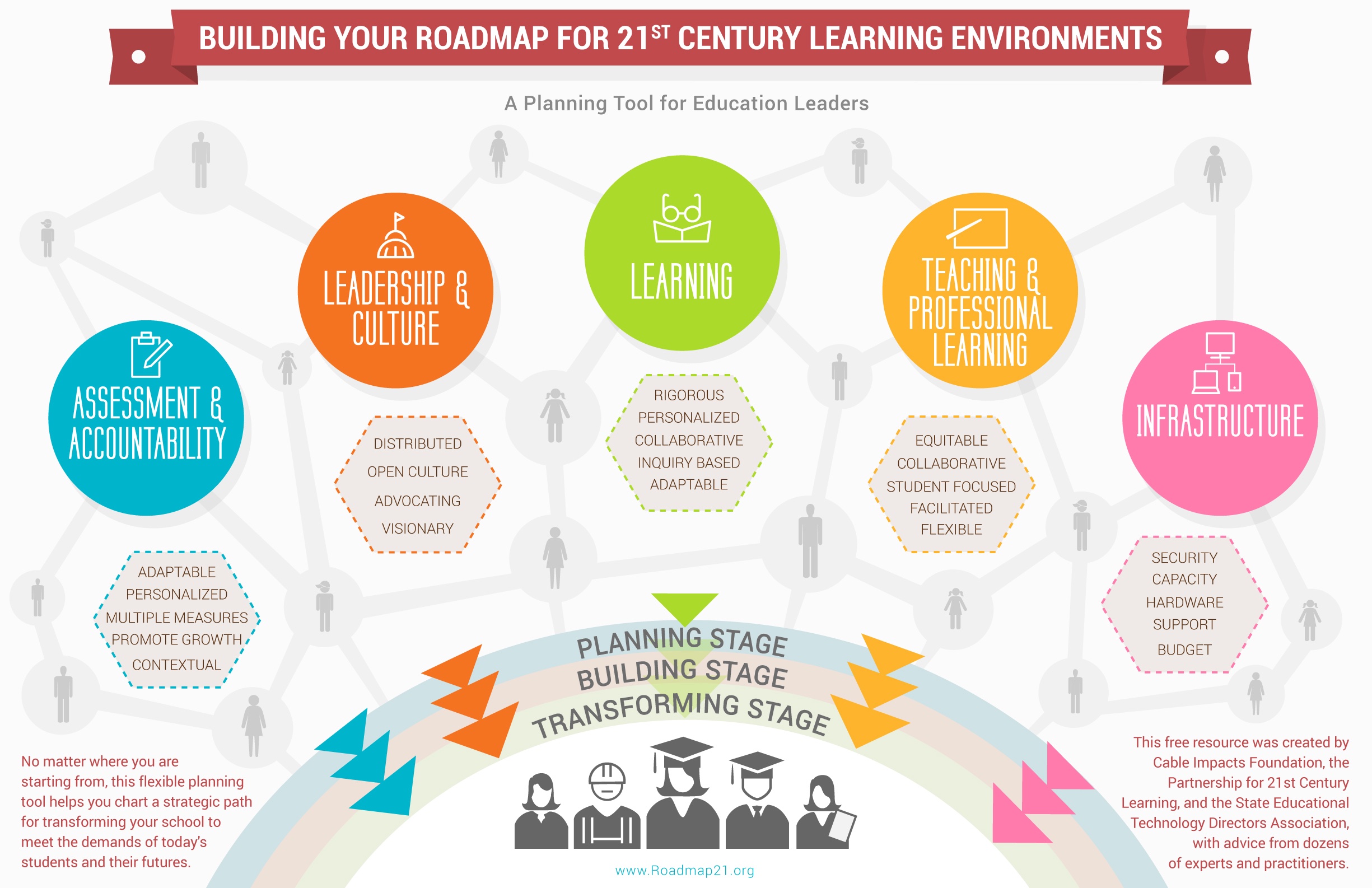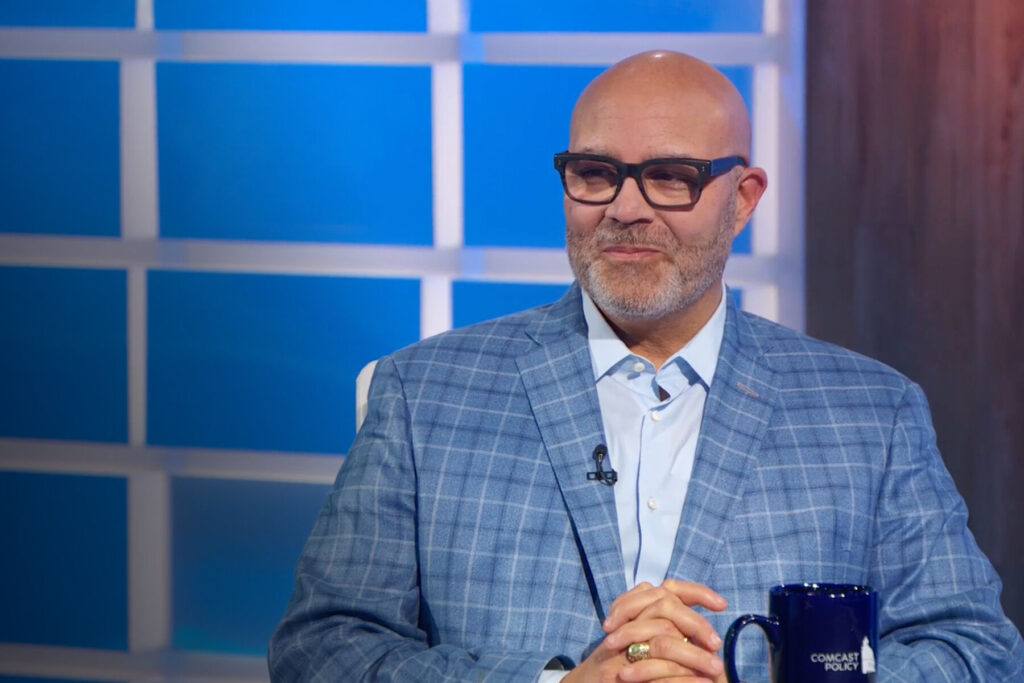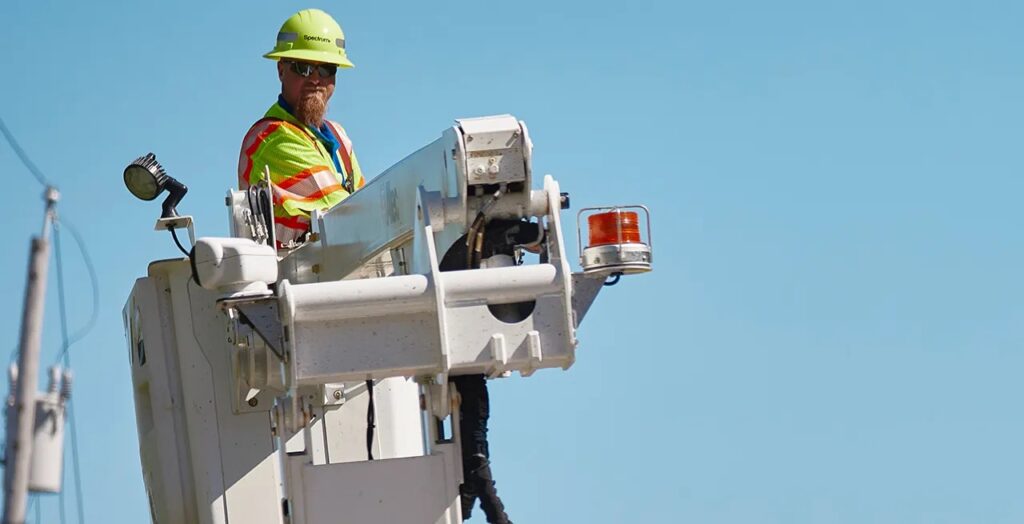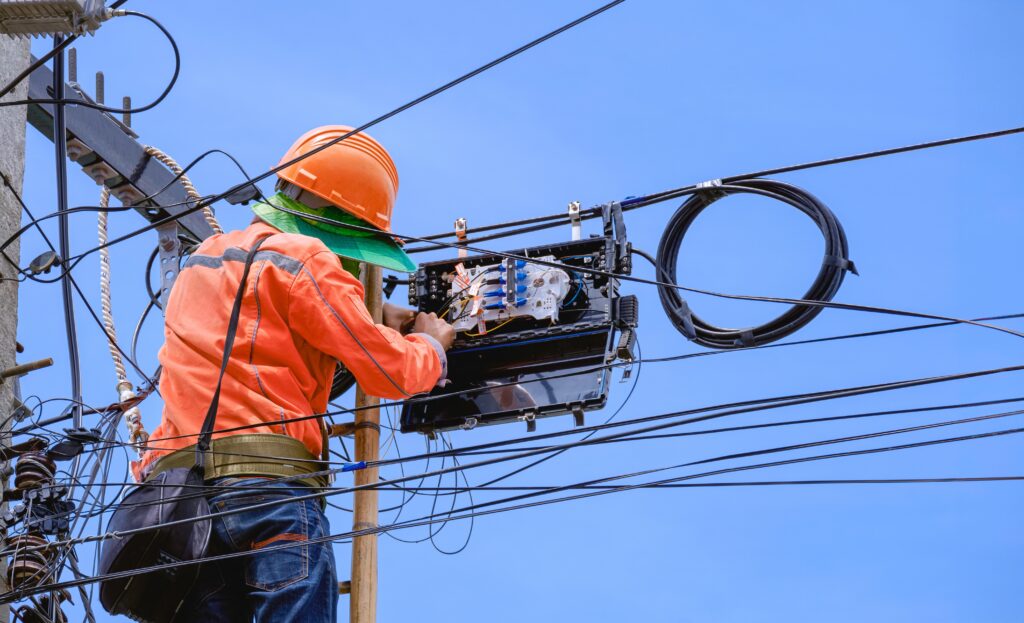It seems like everyone, from the President, the Secretary of Education and the Chairman of the FCC to local newspapers, is saying schools need more broadband. And prestigious panels like the Aspen Institute and LEAD Commission are calling for a different kind of learning environment in schools to foster new 21st century skills.
As the nation’s largest broadband provider, the cable industry certainly appreciates the value of a robust broadband network and quality digital content for education, but we also realize that simply pumping up capacity, or dropping a bunch of laptops into students’ hands isn’t going to fundamentally change what happens in the classroom or create that new learning environment.
That’s why Cable Impacts, the industry’s foundation dedicated to corporate social responsibility, teamed with two leading education organizations, the Partnership for 21st Century Learning and the State Educational Technology Directors Association, to create an new resource for schools and educators, Building Your Roadmap to 21st Century Learning Environments, www.roadmap21.org.
The Roadmap is a free planning tool designed specifically for education leaders to help schools get the most value out of their investments in high-speed broadband and digital content by crafting a comprehensive strategy to create 21st century learning environments. It was created with input from forty experts and is offered, free of charge and copyright cleared to educators.
The 21st century learning environments that schools are being asked to create are classrooms and buildings where, in addition to traditional subjects, like math, English and science, skills like critical thinking and collaboration are also learned and where that learning is personalized, adaptive and even self-directed.
“The roadmap was created to help education leaders make their own comprehensive plans.”
Creating these environments requires a comprehensive plan that goes well beyond the technology and infrastructure and looks at all factors of the education system, such as leadership and school culture, teacher professional development, assessment and accountability systems. Yet schools often don’t have the planning experience or tools to manage this kind of transformation.
The Roadmap was created to help education leaders make their own comprehensive plans, customized for their unique circumstances. And it comes at an important juncture, when the FCC’s enhancements to the e-Rate are directing significantly more money for broadband to schools and libraries and when states and localities are ramping up their broadband plans to incorporate digital curriculum and computer-based, online testing.
In a few years we will all want to look back and see that our investments in broadband and digital content, in new standards and assessments were successful and that students are graduating better prepared for college and careers. To get there, however, we need a clear path. And mapping that path is what the Roadmap is all about.










